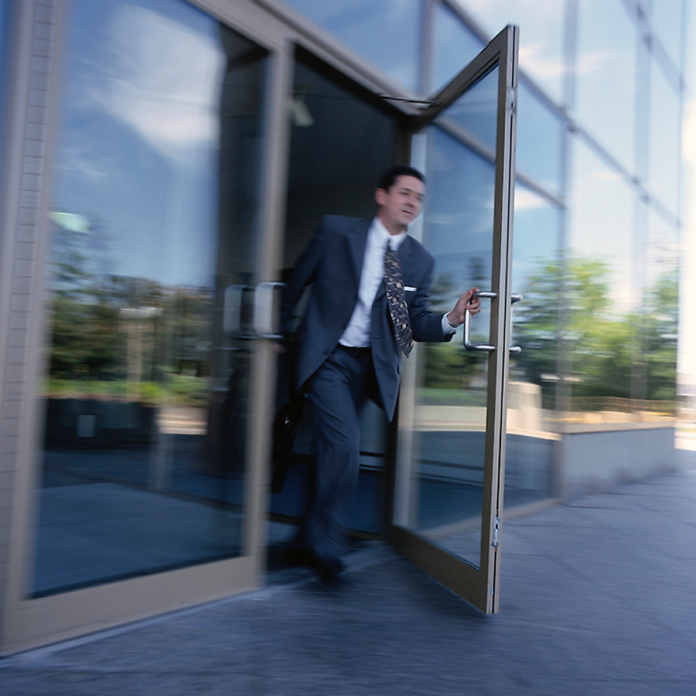Bristol’s increasing city-centre population is set to change the face of central Bristol over the course of the next two years, according to leading property advisors Jones Lang LaSalle.
Research revealed at today’s annual South West Market Review (Tuesday January 21), entitled Guide to the Urban Jungle, predicts that an estimated 1,500 new apartments will be built across the South West during 2014 and 2015, including 3,000 new student beds in Bristol alone, which is going to have a major impact on how the city centre develops.
Bristol is behind only Manchester and Birmingham in terms of a rapid rise in city-centre population, with a 30 per cent increase in the last 10 years. This is part of a global trend. More than half of the world’s population now live in cities (51 per cent) compared to 30 per cent in the 1950s. That figure is predicted to rise to over 70 per cent by 2050.
Much of this growing city centre population will be made up of students and young professionals. This shift represents a renaissance for Bristol city centre with a significant rise in services and outlets that serve this community, such as bars, restaurants and convenience stores.
Application figures for 2012/2013 show that the University of Bristol saw the second highest rise in its student intake of all English universities, increasing its intake of new students by 28 per cent, or 1,029 students, compared with 2011. Many of these students will be looking to the city centre for accommodation.
Jones Lang LaSalle estimates that the new students moving into Bristol will consume an additional 1.5 million cups of coffee, 3 million pints of beer and 750,000 take-away meals each year and this presents a huge opportunity for businesses in the hospitality industry looking to meet that demand.
Jeremy Richards, head of the Bristol office at Jones Lang LaSalle, said: “This urban shift is the great theme of our age, and Bristol will not remain untouched by this in the coming years.
“In fact, our growing city centre population and strong economy means the city is well placed to benefit from this trend.
“Between 2001 and 2011, Bristol’s city centre population rose by 30 per cent – behind only Manchester and Birmingham – and there is an increasing concentration of young, skilled employees in city centres, many of whom do not own cars.
“This means that the demand for city centre offices close to transport links is going to rise. Changes in working practices, such as flexible working and cloud computing, and the blurring of boundaries between work and leisure will also mean that those places that can offer central, well connected social spaces will thrive.”
The relaxation of planning regulations, has allowed offices to be converted into apartments, and will also have a major impact on the face of Bristol’s city centre.
Jones Lang LaSalle predicts that an estimated 750,000 sq ft of office space could be converted, with 1 million sq ft across the entire South West. In Bristol, these developments include Westgate, The Pithay and Lewins Place.
“These are big changes that are going to radically change the city centre as we see a more diverse mix of uses in formerly pure business locations,” continues Jeremy.
This rise in confidence is also reflected in the investment market and Bristol is well positioned to benefit from the influx of capital coming into the regions.
Jeremy said: “Investors are looking for good returns and London is such a competitive market that they are now turning to the UK’s thriving regional cities, of which Bristol is one.
“As global investors look to Bristol, confidence will continue to increase and we are already seeing the results of this in the gradual return of speculative development.
“Of course, none of these changes will happen overnight but we expect demographic and lifestyle shifts to have a significant effect on the future of Bristol and we expect 2014 and beyond to be an exciting period for the city.”





















